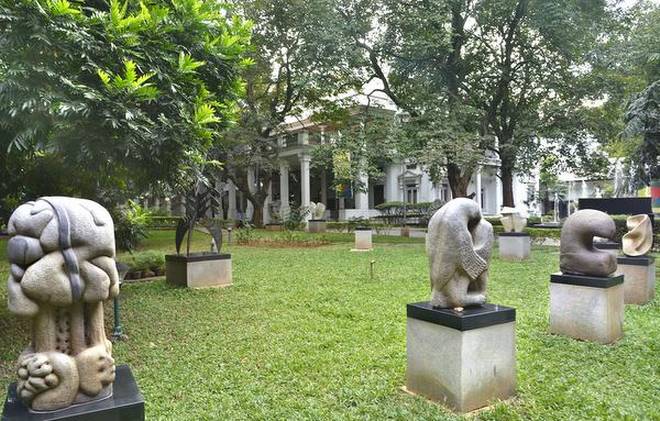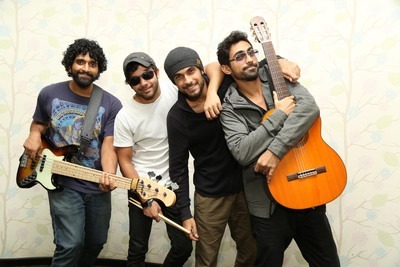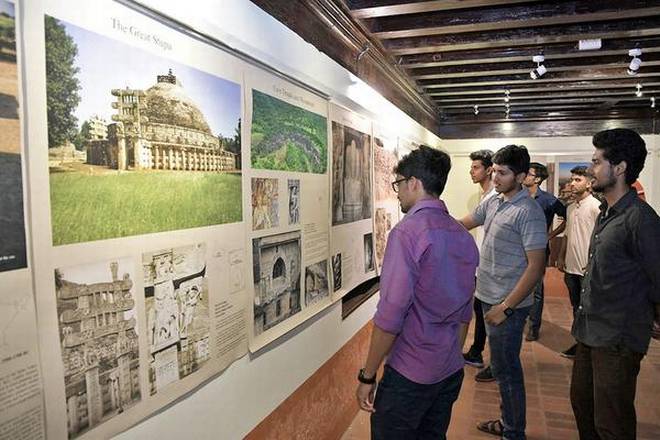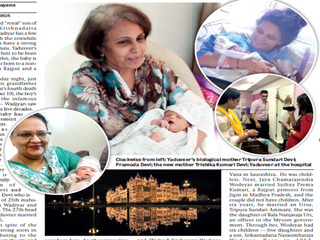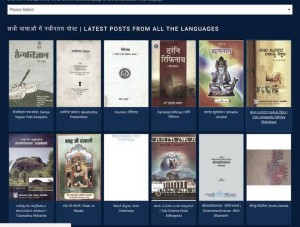The gated community in east Bengaluru is a picture of symmetry: one neat villa after another; identical palm trees grow in rows. In one such villa, with a cat on a window sill and another meowing by the door, sits Arati Kumar-Rao, environmental photojournalist and winner of the first ever Anupam Mishra Medal for her work on riverine ecology.
I ask how it feels to return from her places of work — the mangroves of Sundarbans or the banks of the Ganga — to the perfectly-manicured landscape that makes up her residence. “I feel like I’m living in Dubai,” she says.
Tech to tales
Perhaps seven years ago, it would have been easier to connect the faux greenery of the gated community with Arati, who was then working with a multinational tech giant.
Now though, her work revolves around rivers, forests and those dependent on them: people living in the interstices of mangrove forests, those searching for water in arid landscapes, communities caught in the middle of political fights over rivers, lakes and tanks.
Soon, the biophysicist-turned-journalist-turned-market researcher finally decided to turn into a storyteller — about the environment, and in particular, of freshwater.
Her love for forests emerged in bustling Mumbai. “Even though we were in Mumbai, we stayed in a colony close to the woods. We would go birdwatching or to forests nearby. Moreover, my father was an environmental activist and a part of the movements in Narmada River and Silent Valley. The environment books we had are ones I still refer to,” she says.
By 2012, Arati had decided to give up her cushy corporate job — “not an easy thing” — and delve deep into environmental writing. It was longform, immersive journalism she preferred. “It came out of a frustration from travel pieces and spot reporting, where one zips in and out, and produces shallow journalism,” says Arati.
Around the time she nurtured the idea of following one river from its source to end, Paul Salopek embarked on one of the most ambitious journalistic projects the world had seen.
The seven-year Out of Eden project would see him walk the 32,600-km route taken by early humans in their migration out of Africa. “There were a bunch of people around the world independently coming up with the idea to immerse in stories. The time was right for this sort of thing.”
It allows Arati to communicate the “slow violence” faced by those bearing the brunt of environmental change. “I think of myself as a chronicler of the land, and by nature it has to be slow as the land changes slowly,” she says pensively.
In 2014, she visited the Sundarbans for her series on the Brahmaputra. “I saw oil tankers chugging along, and had two worries: what about the wildlife in the path of the ship sailing down the river; what if an oil tanker spills,” she says.
By December that year, her fears came true when 3.5 lakh litres of oil spilled into the mangrove forests. While journalists parachuted in to report the spill, Arati was already there chronicling an incomplete clean-up, the suffering of the fishing community and a cover-up by authorities before a United Nations-led team arrived. Amid pictures of oil being cleaned and fisherfolk with hands and legs covered in sludge is a stark picture of a crocodile wading into the water while the surface and sand around are coated in black oil.
Slow violence
While chronicling the Ganga, she spent months in Bihar and West Bengal, which were affected by the Farakka Barrage. In 2015, she saw the rising water consume homes during the monsoon as the silt accumulation increased in tracts of the river leading to the barrage. A family, she reported, moved 17 times as the monsoon deluge followed them and washed away their home by the banks.
The “slow violence” erupted in 2016 when floods consumed large parts of Bihar and displaced thousands — and the barrage finally came under the media lens.
What she saw in the Sundarbans and in the backwaters of Farakka may well happen again when the ambitious National Waterways Act opens up the rivers to goods transportation.
“There are marginal savings in transport costs, but what happens to biodiversity? Ganga and Brahmaputra are among the siltiest in the world. Can you keep dredging rivers? China has lost its river dolphins. Is that where we want to go,” she asks.
But, then, the optimism returns, driven by her belief that environmental communication can make the difference. “We have to keep finding ways to communicate better and deeper,” says Arati. “ Engineering solutions cannot give us drinking water if our rivers are polluted. We will have to go back to basics, to understand water and the lives it sustains.”
The long haul
She is busy and has her hands full for a while. There is a book coming up, which will capture environmental degradation and the challenges to freshwater. Then there is a project to document shrinking urban commons in Bengaluru; a plan to chronicle the Cauvery River; and fundraising for the news portal Peepli, which specialises in longform journalism.
All of this centres on outreach, which she is attempting to move beyond the filter bubble of social media and the laconic style of mainstream media. Her Instagram account, with photos from her fieldwork, has over 73,000 followers.
In 2013, gradually eroding her savings for her first immersive story, she spent months in Thar desert, learning from farmer-shepherd Chhattar Singh who uses the ways of the land to manage water in an arid landscape. Waiting patiently in the summer, through sandstorms, she saw his system come to life on Independence Day that year — the only day it rained. The system fed on the 80 mm of rainfall, storing enough water to sustain villages for months.
In her urban commons project, Arati will embark to remind Bengalureans of this. The city recently saw rainfall of the kind it has never seen before. But groundwater levels continue to remain unchanged and a water crisis looms large.
In the Thar, she was deeply influenced by the works of Anupam Mishra, who passed away in 2016. “I’m not one for awards, but this one is very special to me. I started off in the desert reading his works, and it is an honour to be awarded in his name for my work.”
source: http://www.thehindu.com / The Hindu / Home> 60 Minute Society / by Mohit M. Rao / December 09th, 2017
